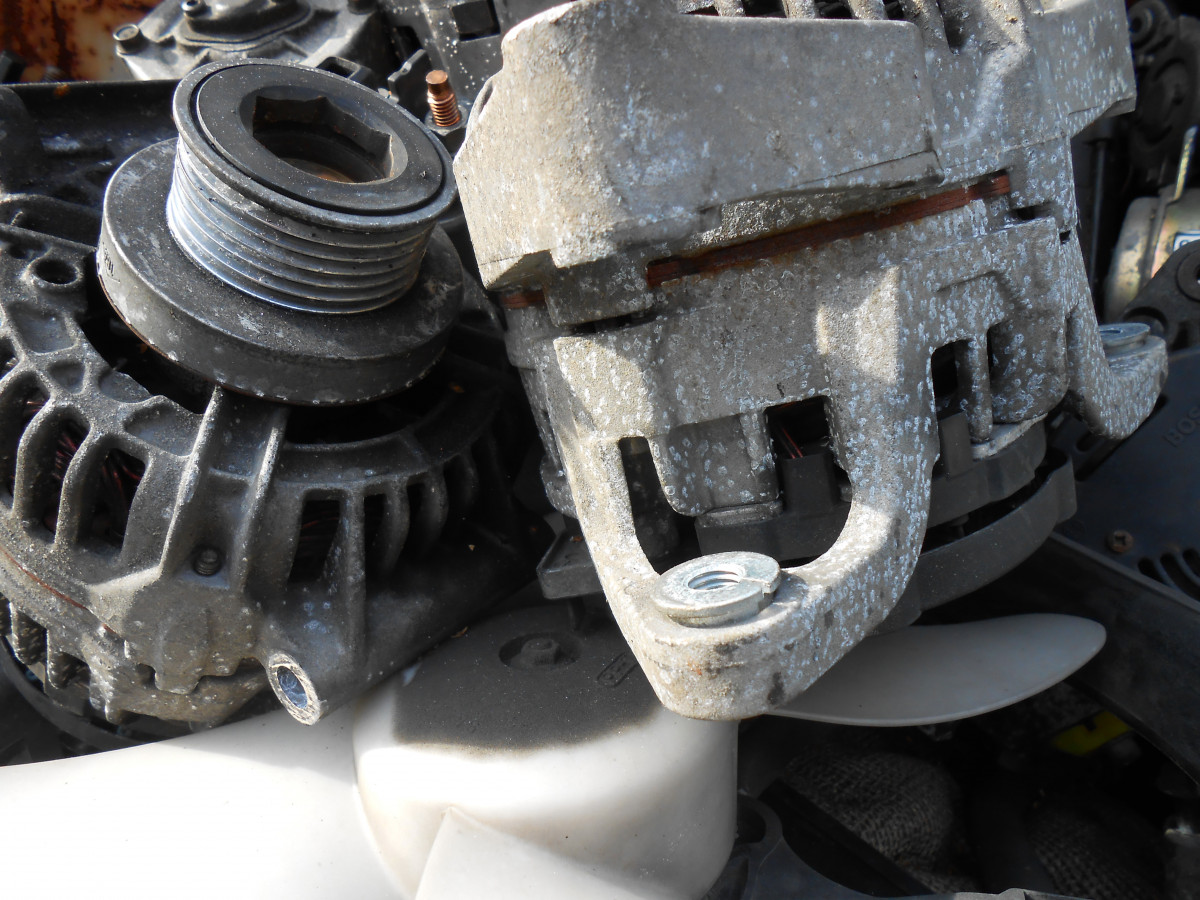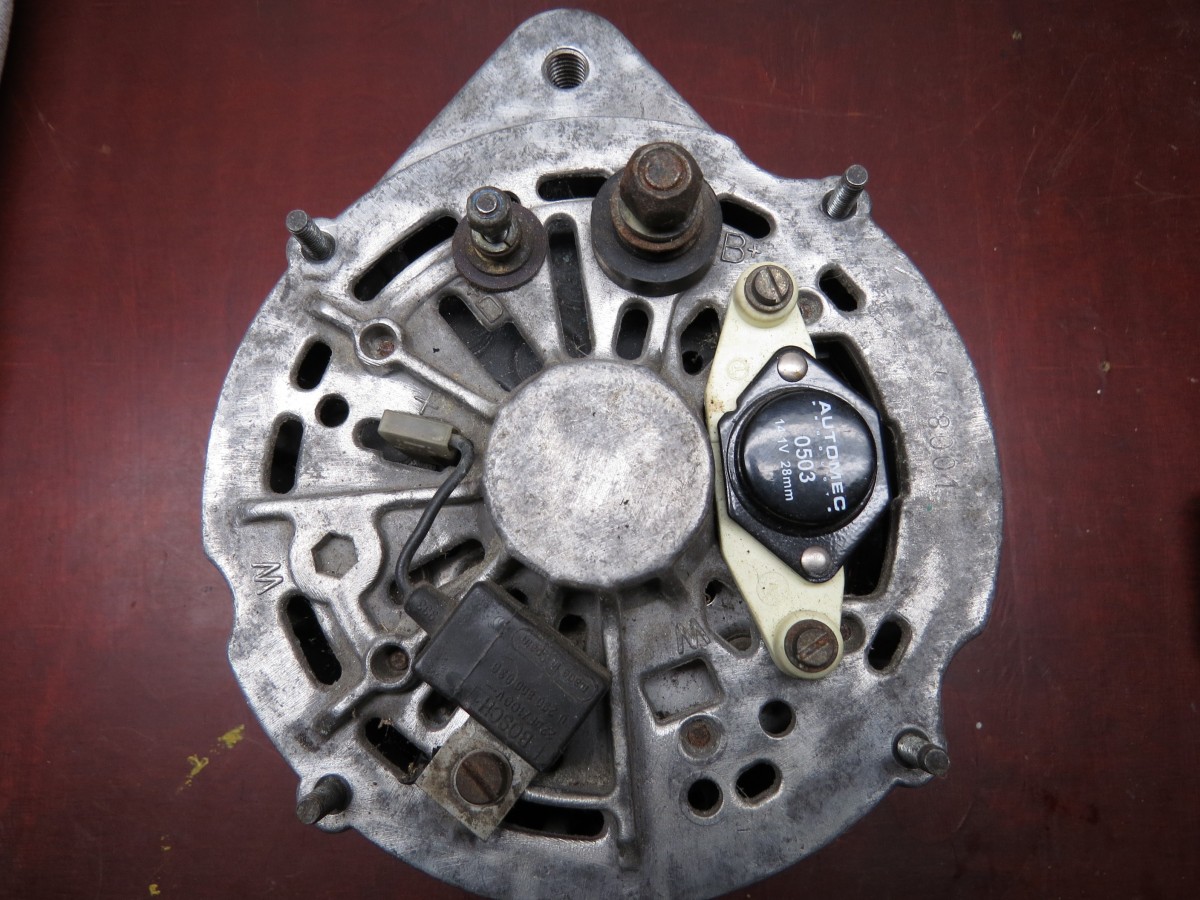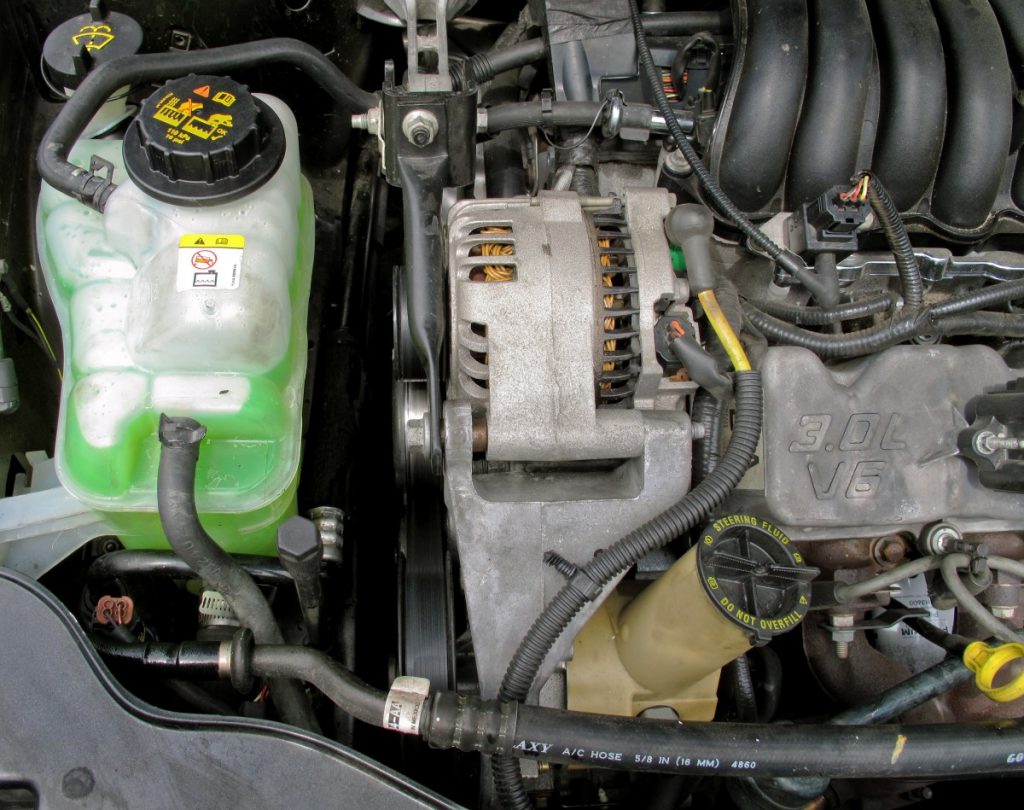The alternator is a mechanical part of the car that plays an essential role in providing electrical current to recharge the battery when the engine is running. A noisy alternator is usually a sign of a malfunction that could lead to an electrical failure, which is why keeping your alternator in good condition is important.
Alternator noise: a warning sign
The alternator typically produces a sound due to magnetic pulses. If it whistles when starting, it may be because the alternator is faulty. The engine starts slowly, and the intensity of the light beams is less powerful. This means that the vehicle’s battery is getting weaker.
Good to know: if the alternator is faulty, a warning light on the dashboard comes on when the car is started and stays on when the engine is running. This is the “battery” symbol.
Causes and consequences of alternator noise

The alternator whistle can have different causes.
It can be caused by a low electrical load, meaning the battery no longer has the necessary voltage. This means that the battery no longer ensures the correct operation of the vehicle’s accessories, such as the lighting, ventilation system, car radio, electric windows, windscreen wipers and many others.
A worn alternator belt is likely to generate alternator noise. On the other hand, the belt tension should be a manageable level, as this could damage the internal bearings of the alternator. This over-tensioning of the belt leads to premature wear of the alternator. Finally, it is also possible for the belt to be excessively slack, as this, too, can lead to alternator noise when starting the engine.
Good to know: if you are not an experienced mechanic, it is better to contact a specialist who can detect the source of abnormal noise and remedy it.
Diagnosing alternator noise

The alternator load must be checked for diagnosis.
To test the alternator’s load to see if it usually works, measure the electrical voltage it supplies. To do this, a multimeter is essential.
The procedure consists of the following:
– Place the cursor of the measuring device on the 20 V position.
– Start the engine and let it idle.
– Run some electrical accessories: de-icer, lighting, ventilation, etc.
– Connect the multimeter’s black lead to the battery’s negative terminal and the red one to the positive terminal.
– Read the charge level indicated on the multimeter’s control screen: it should be between 12.5 and 14.7 V. If the value is below the minimum, the battery’s charge level is too low.
Good to know: the charge check can be carried out by a car technician who will determine whether or not the battery, and therefore the alternator, is working correctly.
Alternator noise: maintenance and repair
A faulty alternator cannot be repaired. The only solution is to replace it.
As for the belt, it is important to regularly check its condition and tension so that the alternator can properly charge the battery.
If the belt shows signs of wear, such as cracks or splits, it should be replaced immediately. In all cases, the alternator belt should be replaced according to the vehicle’s mileage recommended by the manufacturer.
Good to know: at each compulsory periodic revision recorded in the vehicle’s maintenance booklet, the belt and alternator are checked by the garage responsible for maintenance.
Do you need further mechanical repairs? These few links may help you!
- Everything You Need to Know About Clutch Cable;
- Everything You Need to Know About Clutch Pedal;
- How to Successfully Repair a Gearbox;
- A Guide to Understanding Automotive Mechanics;
- 3 Easy Steps to Change an Oil Filter;
- How Do Gearboxes Work?
- Why Change Transmission Oil;
- What Is a Wheel Balancer Used For?
- Gearbox Repairs in Cheltenham!
- A Step-by-Step Guide to Bleeding a Hydraulic Clutch;
- Engine Fouling: Should You Perform an Engine Descaling?
- Gearbox Linkage System | How It Works;
- How To Know When To Change Transmission Fluid?
- Gearbox Whistling: Warning Signs of Imminent Failure!
- What Are the Main Symptoms of Gearbox Problems?





4 thoughts on “Alternator Noise: Symptoms, Causes, Diagnosis”